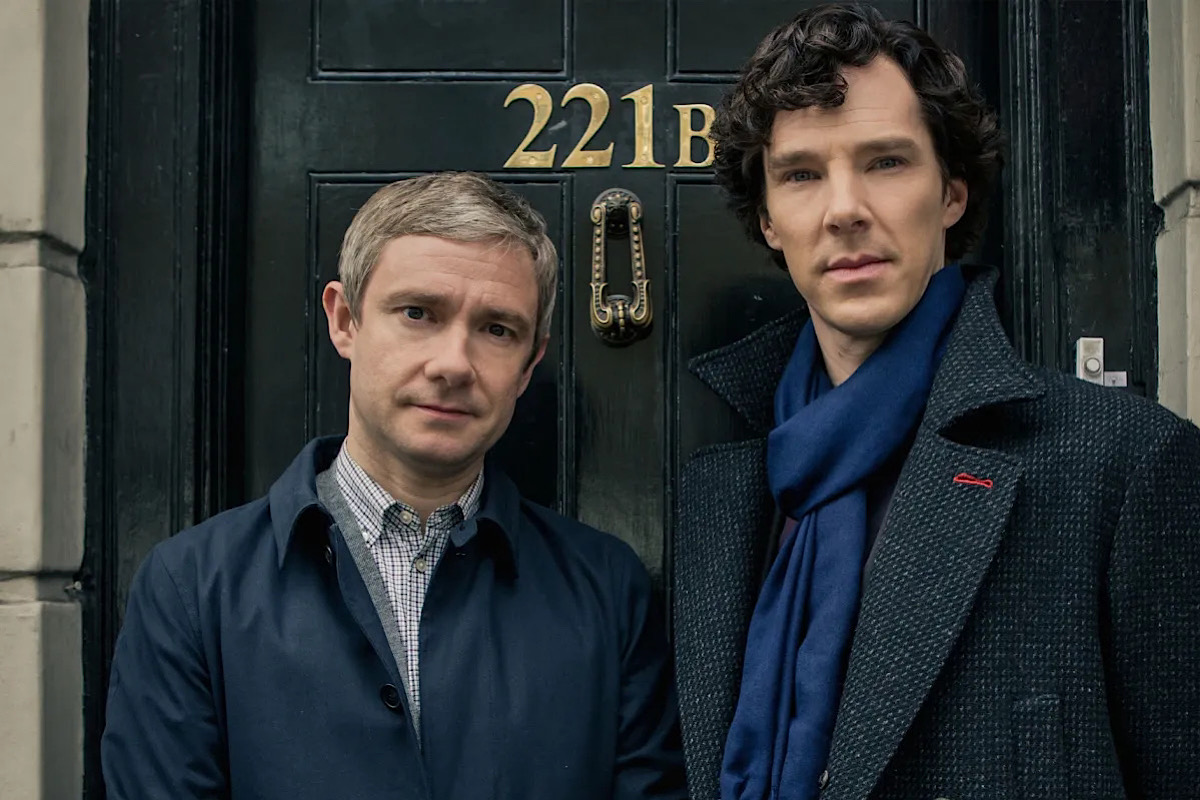Acknowledging the legacy of KG Subramanyan: 100 years and counting
The year 2024 signifies an extraordinary epoch in the annals of art commemorations, marking the 100th birth anniversary of several influential figures in modern Indian art.
With news that there was going to be another modern Sherlock Holmes on television (CBS) later this year, directed by Craig Sweeny, the buzz was who was going to play the lead role.

(Photo:SNS)
With news that there was going to be another modern Sherlock Holmes on television (CBS) later this year, directed by Craig Sweeny, the buzz was who was going to play the lead role. In the last series titled ‘Elementary’, by Sweeny, Johnny Lee Miller was Holmes, and Dr Watson was a woman by the name of Joan Watson. The action was set in New York City.
All eyes are on the new adaptation, in which Holmes is now dead, killed by Moriarty. Dr Watson now treats rare diseases. As of now, we know that Morris Chestnut, a black American actor of Boyz in the Hood fame, is set to play Watson. Shooting has perhaps already begun.
Even though there have been various adaptations of the detective thrillers essayed by well-known American and British actors, the iconic sleuths in these adaptations question traditional beliefs and push boundaries to come up with innovative interpretations. About 14 years back, Benedict Cumberbatch played Holmes in ‘Sherlock’ set in modern-day London. Mark Gatiss, the director, termed the old films and series on Sherlock Holmes by Sir Arthur Conan Doyle “too reverential and too slow,” aiming instead to be as irreverent as possible to these Victorian stories.
Advertisement
Cumberbatch plays a postmodern Holmes, wielding a mobile phone, texting frequently, and using GPS to track down criminals. Robert Downey Jr. has played him in a couple of blockbuster motion pictures directed by Guy Ritchie. Other actors have been Christopher Lee, Peter O’Toole, and Christopher Plummer, and old-timers recall Basil Rathbone, the South African actor who played Holmes in several films. In fact, more than 70 actors have played the part in more than 200 films, television programmes, and voiceovers on radio.
Across the English Channel, there was another famous detective, created by a Belgian writer called George Simenon. Satyajit Ray loved reading him, and there is a cult following for this French-Belgian writer across the globe. He created the French detective Inspector Maigret in stories written between the thirties and seventies.
Jules Maigret solves crimes by going in and out of bars as the deductions go on in a loopy fashion in his head. What is unique about Simenon is that he forms no judgement of human character, even if he is compelled to charge the culprits. He had once said, “There are no priests in my work.”
So popular was he in France that Maigret appeared in over 75 novels, and he was first played by the son of the famous painter Pierre Renoir. He has been portrayed in film and on television, beginning with ‘Night at the Crossroads’ (1932), starring Pierre Renoir (son of the painter and brother of the filmmaker Jean Renoir). Simenon himself preferred the actor Rupert Davies, who played Maigret on the BBC. Richard Harrison, Michael Gambon, and the Italian Sergio Castellitto, among others, have also been cast as Maigret. Each brought their own unique interpretation to the role, and Paris remains an important character in the stories, establishing a special connection between the detective and the old, familiar sights of his city.
Which brings us to another French-Belgian detective: the adorable Hercule Poirot, who always understood a thing or two about the human psyche. Appearing in stories written by Agatha Christie from 1920 through 1975, the first name that comes to mind is actor David Suchet, who has been playing him since 1989. Peter Ustinov, too, essayed this role, and there are various Japanese versions of him too.
It is unfortunate that it took almost three decades for Christie’s amateur detective, Miss Marple, to appear on the silver screen. Distinguished stage actress Margaret Rutherford was cast as the eccentric Marple in 1961’s ‘Murder She Said’, and she reprised the role five times. In 1980, Angela Lansbury played Marple in ‘The Mirror Crack’d’. She later went on to play the Marple-like Jessica Fletcher in the hit TV series ‘Murder She Wrote’. Not all of them knitted or were typical spinsters of those times.
True, these classic thrillers are rehashed several times over. But well-known actors love playing these sleuths. We in this city need not get worked up when another version of Byomkesh Bakshi or Feluda is announced for the big, small or web screens. It would make sense, however, if these were adapted differently and not made in the same mould. Supposing Byomkesh, who is always the 30’s and 40’s quintessential bhadrolok clad in the white dhoti-kurta ensemble, appears in a tweed jacket smoking a pipe. Would we Bengalis accept him?
Elementary would say Holmes, meaning basically no, while Christie’s view would be that as long as he had integrity, it was okay. Society made the person what he was, which would definitely be Simenon’s verdict.
Advertisement